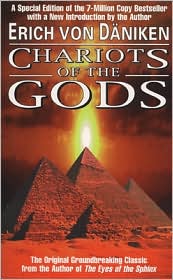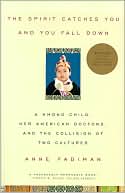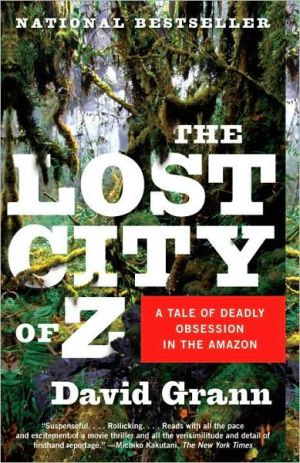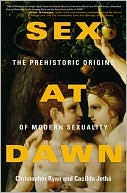Little People and a Lost World: An Anthropological Mystery
Search in google:
\ VOYA - Chris Carlson\ In 2003 in a cave on a small island in Indonesia, Australian archeologists found bones belonging to humans who lived 18,000 years ago. The "mystery" in the title relates to the attempt to reconcile the bones to where they fit in the stage of human evolution. The Australian archeologists believed that they had found evidence of a newly discovered species of early humans with small brains who were no taller than three feet. Soon after reporting their find, the archeologists' results were disputed by Indonesia's foremost paleontologist who thought that rather than identifying a new species, the archeologists had found bones of pygmies with a genetic disease, the reason for their small brains. During the course of the next two years, the Australian and Indonesian experts waged a battle over the bones and what they revealed about ancient man. Readers may be drawn to the book by its title. But instead of a suspenseful read, they will find an overabundance of pedantic and poorly organized text and a lack of exciting illustrations. The book provides readers with an example of how scientific discoveries are often rife with controversy. Also included are a description of how bones are dated and an interesting discussion of how folklore is often a mirror into ancient history. A bibliography that relies too heavily on sources that are beyond the maturity of the audience for whom this book is written diminishes its usefulness as a research source.\ \ \ \ \ Children's Literature - Mary Loftus\ Part of the "Discovery!" series, this book educates readers about more than an anthropological discovery. First, there is the find: the remains of what many scientists believe is a newly discovered species, the "little people" of the title. Found on an Indonesian island, this discovery rocked many previously held scientific beliefs. Folklore from the area also supports the hypothesis that at one point in time these small humans co-existed with Homo sapiens. Then, the second half of the book shifts into the controversy over the discovery. Originally found by a team of Australian and Indonesian scientists, the bones were taken by a prominent Indonesian paleontologist, who disputed the initial team's conclusion and returned the bones broken and damaged. The reader gets the inside scoop on the politics behind scientific exploration. Between these two segments is a seemingly unnecessary chapter titled "Little Creatures Around the World," with folkloric evidence of small beings from leprechauns to gnomes. Aside from this chapter, the book presents a well-rounded view of scientific discovery and the stories behind it, past and present.\ \








